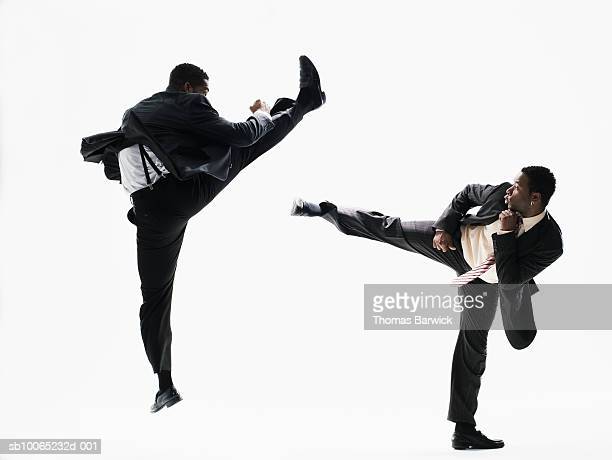There has been a long-standing myth regarding the origins and significance of martial arts belts. Experts in the art have disproved this myth. They claim that the story is based in historical and logical reasoning. The origins of black belts in martial arts date back to ancient Japanese swimming team traditions. Although this myth is old, martial arts experts still don’t know why it persists.
Colors of Martial Arts Belts
Martial arts belts can come in different colors. Each color represents different levels of skill and achievement. In the beginning, colored belts only were used by white-belt students. However other colors were introduced in the 20th century. Jigoro (a Japanese martial artist) was the first to make Judo. He started to award students with the Shodan (beginning degree), belts in 1880s. Shodan is the lowest rank black belt rank and it means “beginning level”.
The colors of a belt in karate can indicate rank and expertise. A white belt can signify a beginner’s level, while a black belt signifies an expert. However, other colors are also used as a sign of advanced skills and experience. The darker colors signify advanced techniques and knowledge. Green belts are the sprouting or growth of a plant.
Symbolism
There are many meanings to martial arts belts. A white belt is associated with purity and innocence. A yellow belt represents the sun, or the first steps towards a fruitful life. The orange belt signifies growth and maturity. It also represents a mastery in basic blocks, kicks punches, stances, and other movements. These belts are also considered a sign of maturity.
Colored belts were traditionally used to indicate levels of progression in a martial arts discipline. Jigoro Kano, a 19th-century judo master, pioneered this system. Other martial arts have since adopted the belt system, and the colors used vary depending on the style, country, or club. Despite differences in the design of belts, the symbolism remains the same across all martial arts disciplines.
Origin
The origins of martial arts belts can been traced back to the eighth-century. The concept of rank originated from a Japanese game of chess called go. Master Jigoro, a Judo master, was the first to incorporate a ranking system in the art. He devised a system of grading, called menkyo, which divided his students into 2 ranks. Afterward, he instituted the use of belts, or kyu, to indicate student progress. Although the belts weren’t often worn, they served as reminders for students and instructors to their progress.
Martial arts experts believe that the story behind the origin of belt colours is a myth that has historical and logical reasons. The ancient Japanese mind game GO is a connection to the martial arts title DAN. The tradition of Japanese swimming teams is also tied to the colour black used in martial arts. But which explanation is more accurate? What is the real meaning behind the colour? There are many theories about the origins of black.
Symbolisms of kyu/dan systems
The kyu/dan system is used in martial arts to indicate the student’s ability and spiritual attainment. The black belt represents the highest level of training like security guards Melbourne, and it is awarded during a federation test that involves a three-member jury. Higher belts indicate higher technical skill, mental and moral merit. Black belts often have a white stripe running down their middle.
While a black belt is the highest degree of training and a significant achievement for any student it does not mean that the student has become a master. Even if the student has mastered karate he/she can still improve his/her skills and teach others. A black belt will be theirs for life, and they will be awarded the Dan system (from Sho-Dan, to Cho-Dan).
Symbolism of the green belt
A simple comparison between the sky and a plant is all that is needed to explain the symbolic meanings of a green martial arts belt. A green belt is a symbol of new knowledge, much like a seed in a sky represents growth. A blue belt is a fully developed skill. A green belt is a starting stage, while a purple belt indicates an advanced level. Each color represents an aspect of martial art training. The meanings of each belt vary from school to school.
The green belt is the beginning of a martial art training program, while a blue belt represents the development of technical skills. Purple belts signify advanced learning. A brown belt represents a more mature skill and higher expertise. Each level represents a different stage in a student’s education. The green belt marks an intermediate stage in student’s education. It’s important to remember that the meaning of each color varies slightly, but the main message is that it represents a change.

